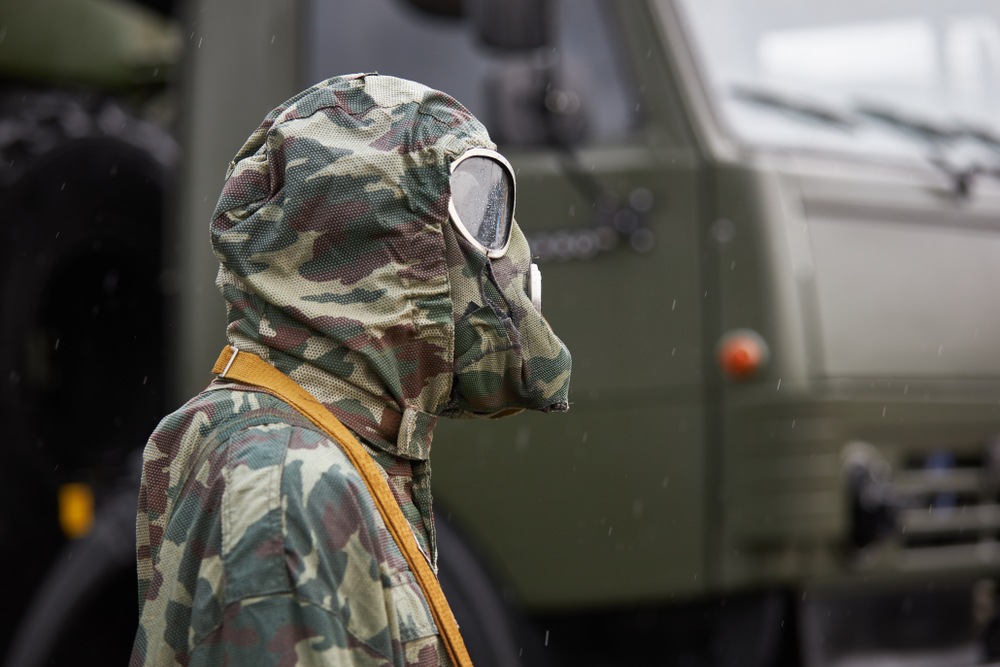Russian drones have reportedly dropped gas grenades into trenches.
Others are reading now
Wars are rarely fought on just one front. They test the boundaries of international agreements and human endurance alike.
In Ukraine, where the war has dragged on for over a thousand days, a troubling new dimension has emerged.
While soldiers face missiles and drones, there are growing reports of another, more insidious weapon being deployed:
Chemical agents.
Also read
Concealed in Artillery and Bomb Strikes
Since Russia’s full-scale invasion began, over 2,000 Ukrainian servicemen have been treated for chemical poisoning.
According to Colonel Artem Vlasiuk, who heads the Radiation, Chemical, and Biological Protection Command, these cases involve exposure to tear gas and other chemical substances, according to Kyiv Independent.
In a December briefing, Vlasiuk revealed that these attacks, which include 4,800 documented incidents, have claimed three lives.
Vlasiuk explained that Russian forces conceal their use of chemical weapons under the chaos of artillery and bomb strikes.
This tactic makes it nearly impossible to collect samples or investigate these violations effectively. Without specialized equipment, identifying mixed or novel gases becomes a daunting task, leaving Ukrainian forces vulnerable.
The Organization for the Prohibition of Chemical Weapons (OPCW), a United Nations watchdog, confirmed in November that riot control agents have been used in Ukraine.
Russian drones have reportedly dropped gas grenades into trenches, forcing Ukrainian soldiers into open terrain where they are exposed to further attacks.
One commonly deployed weapon is the K-51 tear gas grenade.
While its usage has declined due to colder temperatures, Vlasiuk cautioned that such weapons are banned under international law.
He stressed that Ukraine remains compliant with the Chemical Weapons Convention while fighting to protect its sovereignty.
The implications of these attacks are grim. Existing antibiotics and medical interventions offer little defense against the unknown combinations of substances being used.
For Ukrainian troops, the battle goes beyond the physical injuries caused by explosions or shrapnel. Chemical agents present a silent, often invisible threat that lingers long after the fighting subsides.


